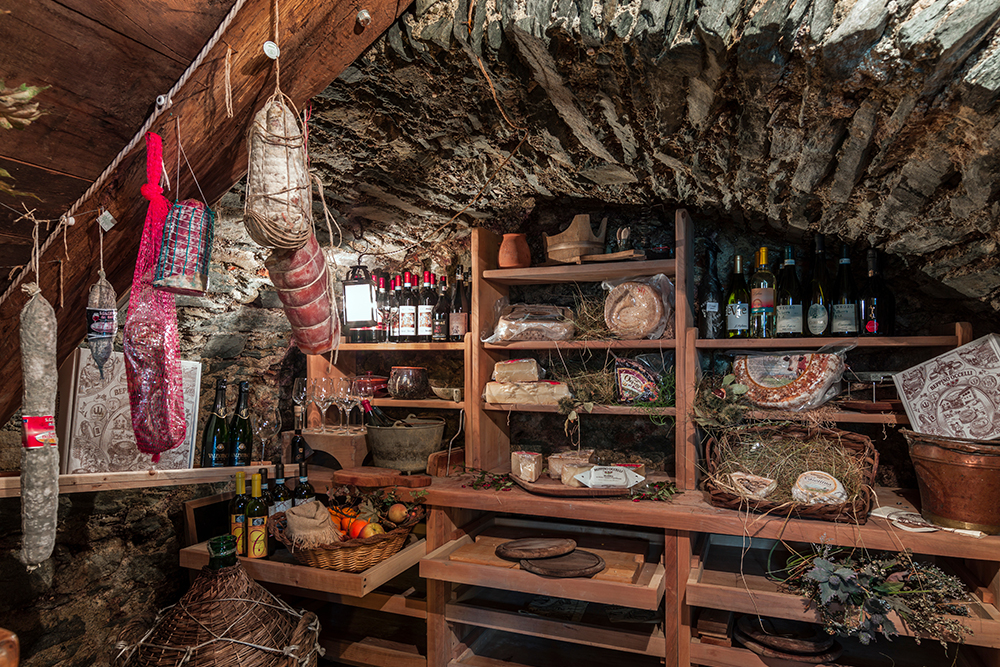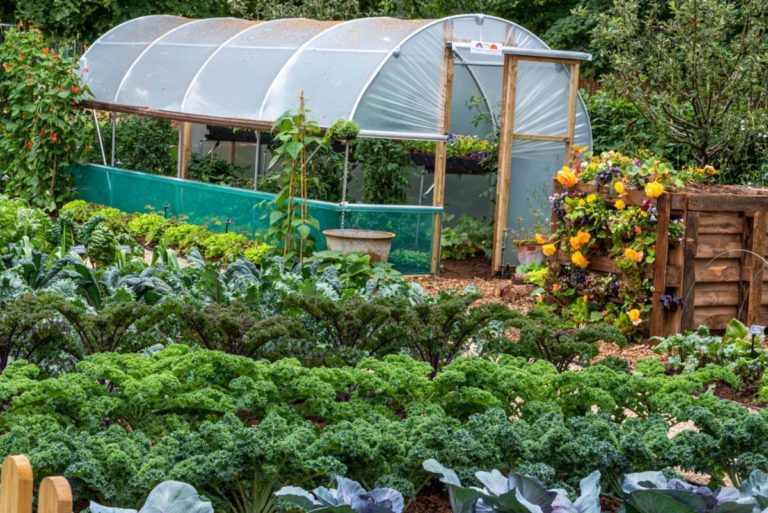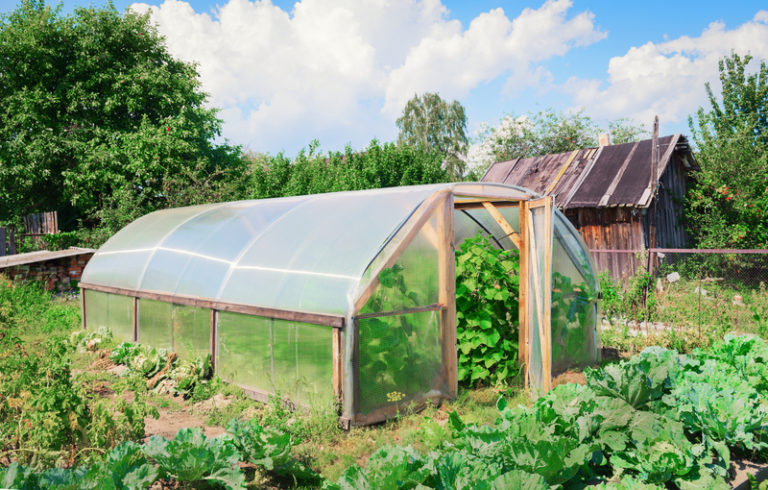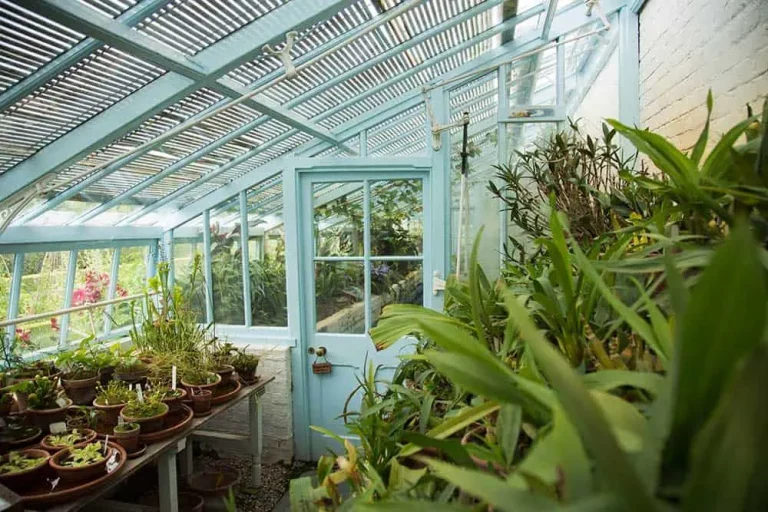Preserving food beyond the winter months has long been a concern of self-sufficient farmers and homesteaders.
Root cellars are one solution to this issue by using natural temperature fluctuations to preserve vegetables, fruits, meat, dairy items, prepared meals, canned goods, brewer’s yeast and baking powder for up to a year in storage; they are especially helpful during hard economic times.
With the growing interest in self-sufficiency and autonomy in food production, understanding how root cellars work and building one on your property is an exciting way to make sure you have access to fresh produce throughout the year while also ensuring long-term preservation for your family’s needs, regardless of the season.
By exploring effective strategies like these in this guide we can learn how our ancestors lived without grocery stores or modern refrigeration technology yet managed thrive with their gardens despite harsh winter conditions allowing them more autonomy than what is possible today
Choose the right location
When building a root cellar or cold storage unit, it’s essential to choose a location that is well-drained, has good air circulation, and is protected from direct sunlight and extreme temperatures.
A well-drained site helps prevent water accumulation that can cause structural damage or encourage mold growth.
Proper air circulation ensures a consistent temperature and humidity level, vital for the longevity of your stored food.
Protection from direct sunlight and extreme temperatures safeguards the structure and its contents from heat-related deterioration and helps maintain a stable environment.
By thoughtfully choosing a location that meets these requirements, you’ll be well on your way to building a reliable and efficient root cellar or cold storage unit that will keep your food fresh and secure for an extended period.
Use the right materials
Use materials that are durable, rot-resistant, and can withstand extreme temperatures. Bricks, concrete blocks, and plastic containers are good options.
When selecting materials for your outdoor storage needs, it is essential to prioritize durability, rot-resistance, and extreme temperature endurance.
Bricks, concrete blocks, and plastic containers are excellent options that meet these criteria.
Bricks, made from fired clay, are incredibly durable and can last for centuries with proper maintenance.
They are resistant to rot, moisture, and extreme temperatures, making them an excellent choice for outdoor storage.
Concrete blocks, consisting of cement, sand, and water, offer similar durability and resistance to rot and extreme temperatures.
They are also affordable and easy to work with, making them a popular choice for DIY projects.
Plastic containers, made from high-density polyethylene (HDPE), are a modern and versatile option for outdoor storage.
They are resistant to rot, moisture, and extreme temperatures, and can withstand UV exposure and harsh weather conditions.
They are lightweight, easy to transport, and come in a range of sizes and styles.
These options can withstand the elements and provide long-lasting storage solutions.
Design for ventilation
Adequate ventilation is important to prevent the buildup of condensation and spoilage. Ensure there is a window or vent for air circulation.
Adequate ventilation is important to prevent the buildup of condensation and spoilage in your home.
Without proper air circulation, moisture can accumulate and create an ideal environment for mold and mildew to grow.
This can lead to a variety of health problems, including respiratory issues and allergies.
Poor ventilation can cause wood and other building materials to deteriorate, leading to costly repairs and replacements.
To prevent these issues, it is essential to ensure that your home has a window or vent for air circulation.
This can be as simple as opening a window or installing a ventilation fan.
By allowing fresh air to circulate and stale air to escape, you can help maintain a healthy and dry indoor environment.
Regularly cleaning and inspecting your vents and ducts can also help to ensure that your ventilation system is working effectively.
By taking these simple steps, you can help to prevent the buildup of condensation and spoilage in your home and ensure a healthy and safe living space for you and your family.
Maintain a consistent temperature
A consistent temperature between 32°F and 50°F (0°C to 10°C) is ideal for preserving food. Temperatures should be controlled using a thermometer and heating or cooling sources as needed.
A consistent temperature between 32°F and 50°F (0°C to 10°C) is the sweet spot for preserving a wide range of food items.
Within this temperature range, the growth of harmful bacteria is slowed down, while the food retains its flavor, texture, and nutritional value.
This ideal temperature range can be achieved using a high-quality thermometer to monitor the temperature fluctuations.
To maintain the optimal temperature, you may need to use heating or cooling sources such as refrigerators, freezers, or cooling packs, depending on the specific needs of your food storage area.
It’s important to note that sudden temperature changes can cause the growth of harmful bacteria, so it’s best to avoid these changes and maintain a consistent temperature as much as possible.
It’s important to regularly inspect your storage area and thermometer to ensure they are functioning properly and accurately measuring the temperature.
Keep humidity levels low
Aim for a humidity level of 80% to 90%. Higher humidity can cause condensation and lead to spoilage. Use a hygrometer to monitor humidity levels and adjust as needed.
When it comes to storing your food, it’s essential to maintain a comfortable humidity level to prevent spoilage and preserve the quality of your products.
Aim for a humidity level of 80% to 90%, which is the ideal range for most food items.
Higher humidity can cause condensation, which can lead to spoilage and the growth of harmful bacteria.
On the other hand, lower humidity can cause dryness and discomfort to the products, leading to a shorter shelf life.
To ensure the best results, use a hygrometer to monitor humidity levels and adjust as needed.
A hygrometer is a handy tool that measures the relative humidity in the air, allowing you to make adjustments to maintain the perfect level of humidity.
Use the right storage containers
Use clean, dry, and airtight containers to store food. Glass jars, plastic containers, or wooden crates are good options. Keep in mind that metal can react with certain foods, so avoid using it if possible.
When it comes to storing food, using clean, dry, and airtight containers is essential to maintaining the quality and safety of your groceries.
Glass jars, plastic containers, and wooden crates are all great options for storing food because they are non-reactive, meaning they won’t transfer any harmful chemicals or flavors to your food.
In particular, glass jars are a great choice because they are durable, easy to clean, and can be used for both dry and liquid goods.
Plastic containers, on the other hand, are lightweight, easy to stack, and can be used for both hot and cold foods.
Wooden crates are another great option for storing food because they are eco-friendly, can be used for both dry and liquid goods, and add a touch of rustic charm to your pantry.
It’s important to note that metal can react with certain foods, so it’s best to avoid using metal containers if possible.
For example, acidic foods like tomatoes and citrus fruits can leach metal into the food, causing it to taste bitter or even become toxic.
Similarly, certain oils, like olive oil, can react with metal and become rancid, affecting the flavor and shelf life of your food.
By using clean, dry, and airtight containers, you can ensure that your food stays fresh and safe to eat.
Monitor temperature and humidity
Regularly monitor and adjust temperature and humidity levels to ensure optimal preservation conditions. A consistent environment is important for long-term preservation.
To ensure the long-term preservation of your valuable items, it is essential to maintain a consistent environment in terms of temperature and humidity levels.
Temperature and humidity can have a significant impact on the condition and lifespan of your items.
For example, extreme temperatures can cause materials to warp, crack, or fade, while high humidity can lead to mold and mildew growth.
To prevent these issues, it is important to regularly monitor and adjust the temperature and humidity levels in your storage area.
This can be achieved through the use of thermometers and hygrometers, which can provide real-time readings of the temperature and humidity levels.
Based on these readings, you can make adjustments as needed to maintain an optimal environment for preservation.
This may involve adjusting the thermostat, using desiccants or dehumidifiers, or modifying the storage materials or containers to better control the environment.
By regularly monitoring and adjusting temperature and humidity levels, you can ensure that your valuable items are preserved in optimal conditions for long-term preservation.
Plan for power outages
In case of power outages, have a backup plan in place, such as a generator or solar-powered equipment. This will ensure that your root cellar or cold storage remains functional and your food is preserved.
In the event of a power outage, a backup plan is essential to ensure the continued functionality of your root cellar or cold storage.
A generator or solar-powered equipment can provide the necessary power to keep your storage unit running, thus preserving the quality and freshness of your food.
When selecting a backup power source, it is important to consider the size of your storage unit and the number of appliances that will be in use.
A generator with sufficient wattage and a solar panel system that is designed for your specific needs will ensure that your root cellar or cold storage remains functional and your food is preserved.
It is important to properly maintain your backup power source to ensure that it is in good working condition and ready to use when needed.
By having a backup plan in place, you can ensure that your food storage is not affected by power outages and that you can continue to enjoy fresh, healthy produce even in the event of an outage.
Want More? Dive Deeper Here!
Hey there! If you’re the type who loves going down the rabbit hole of information (like we do), you’re in the right spot. We’ve pulled together some cool reads and resources that dive a bit deeper into the stuff we chat about on our site. Whether you’re just killing time or super into the topic, these picks might just be what you’re looking for. Happy reading!






